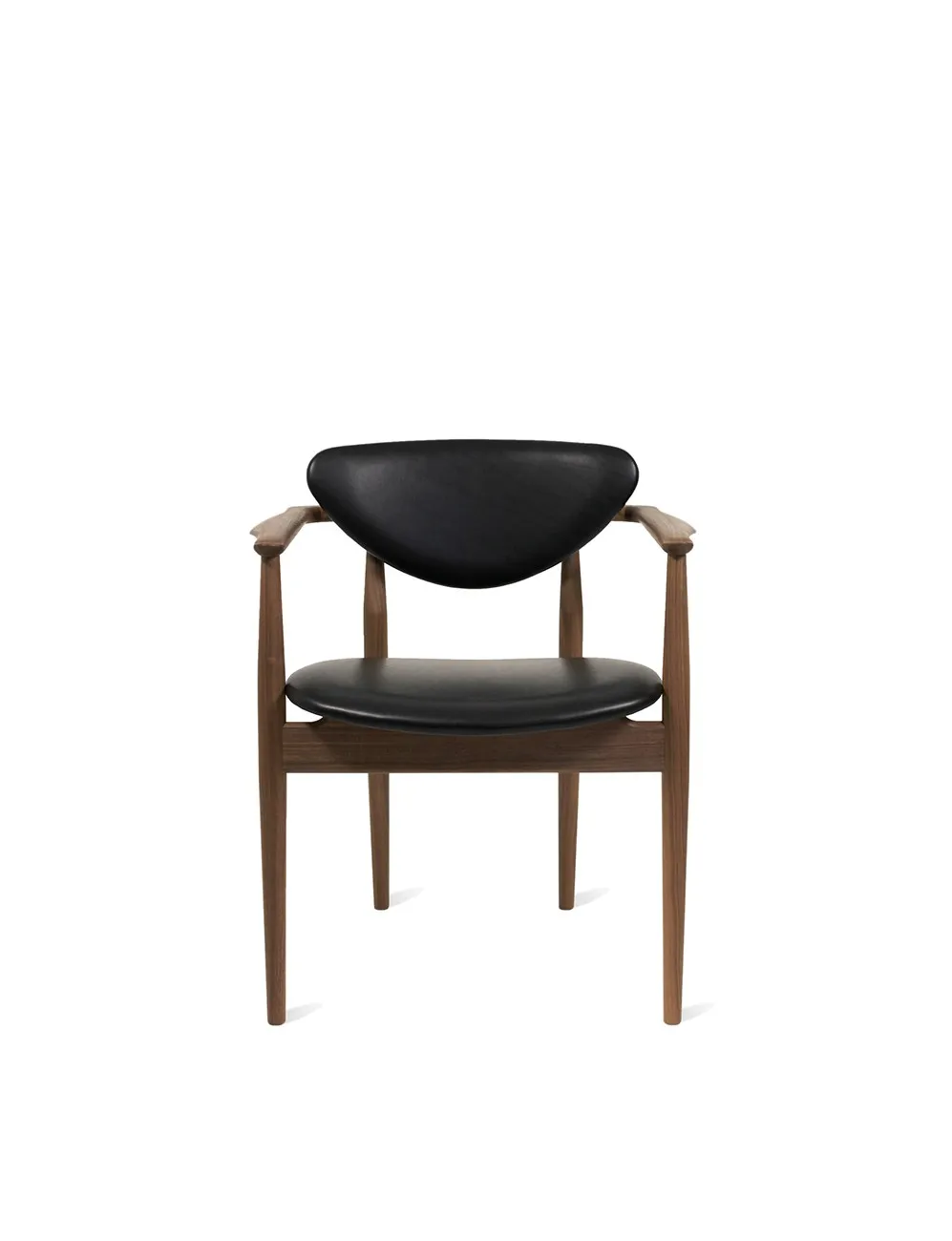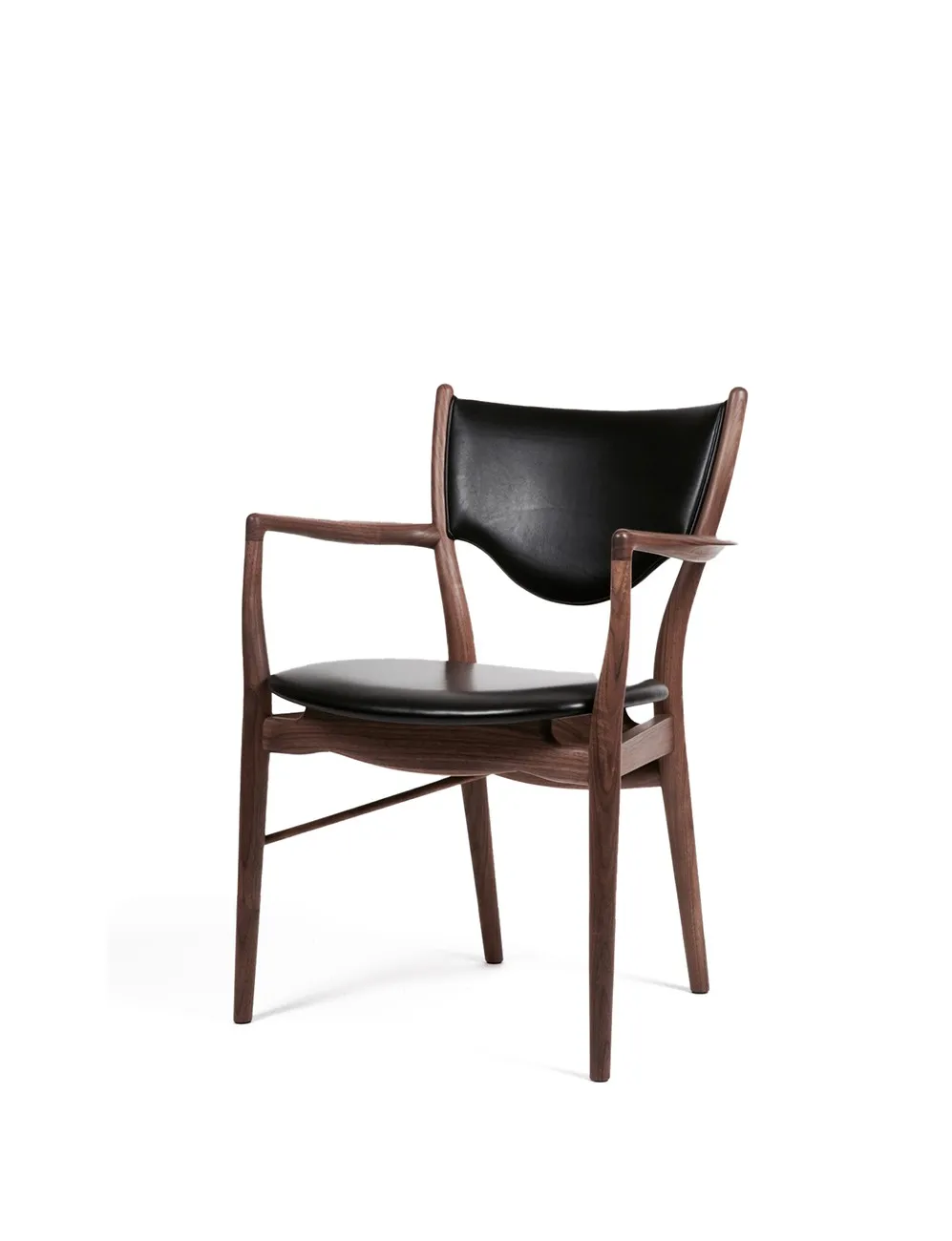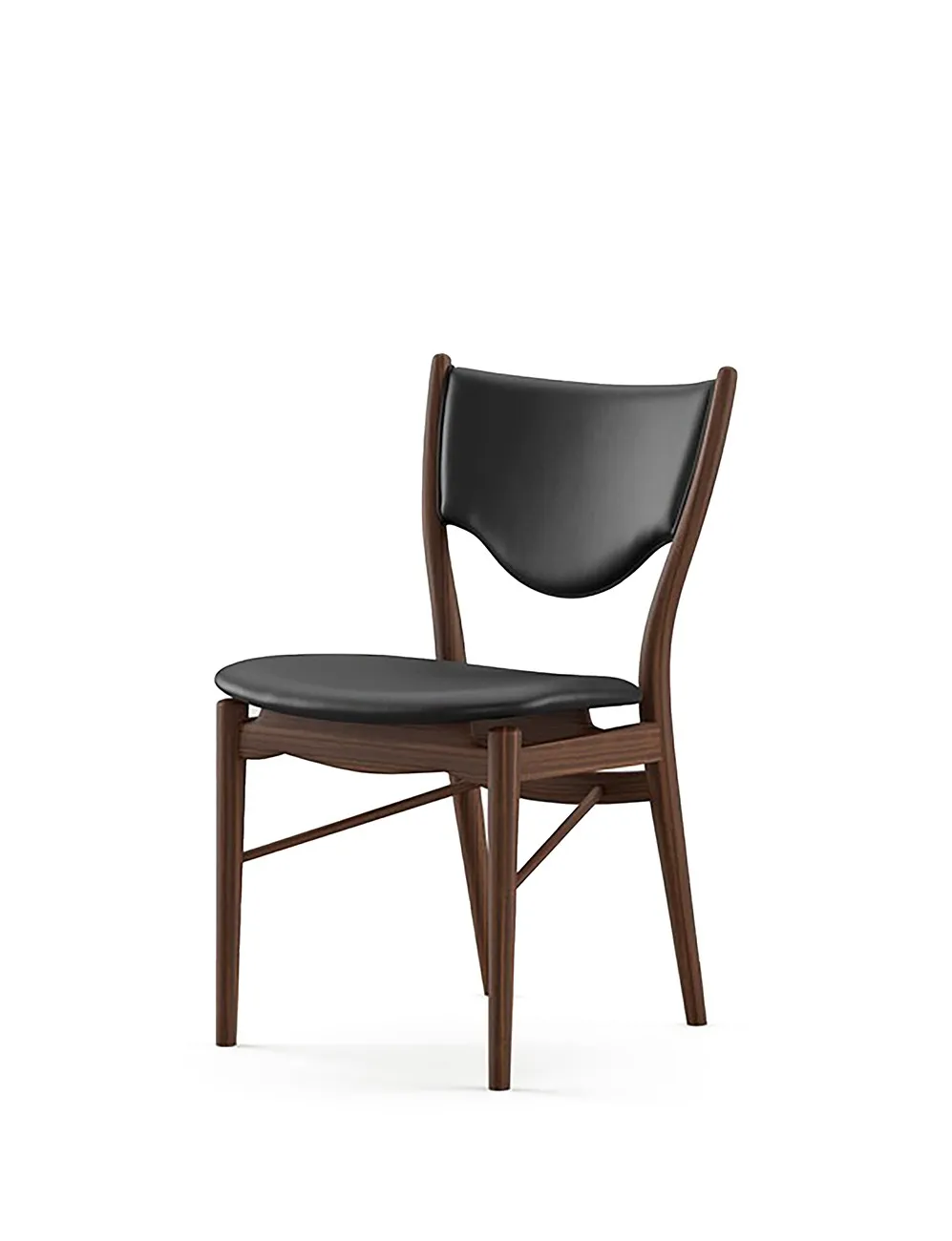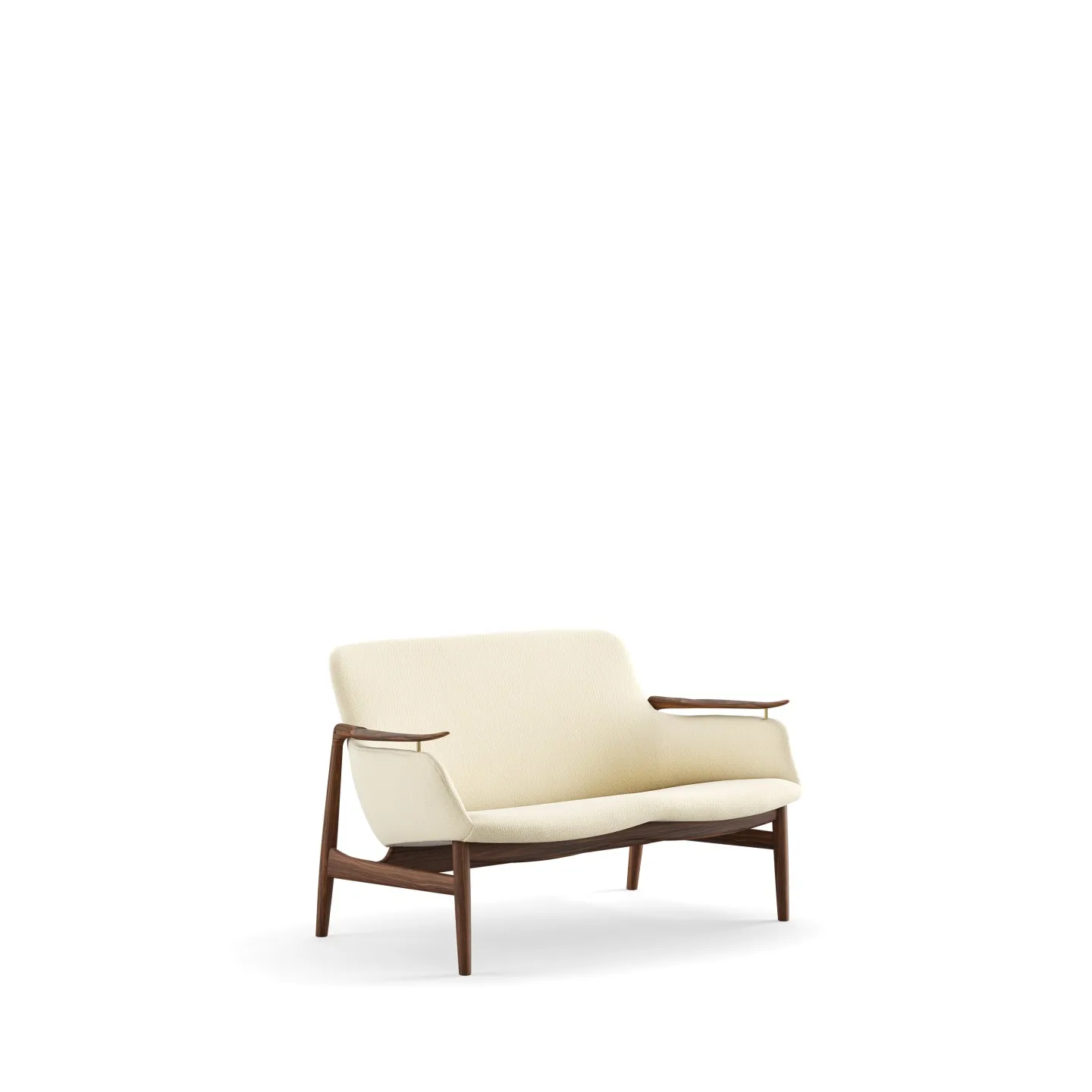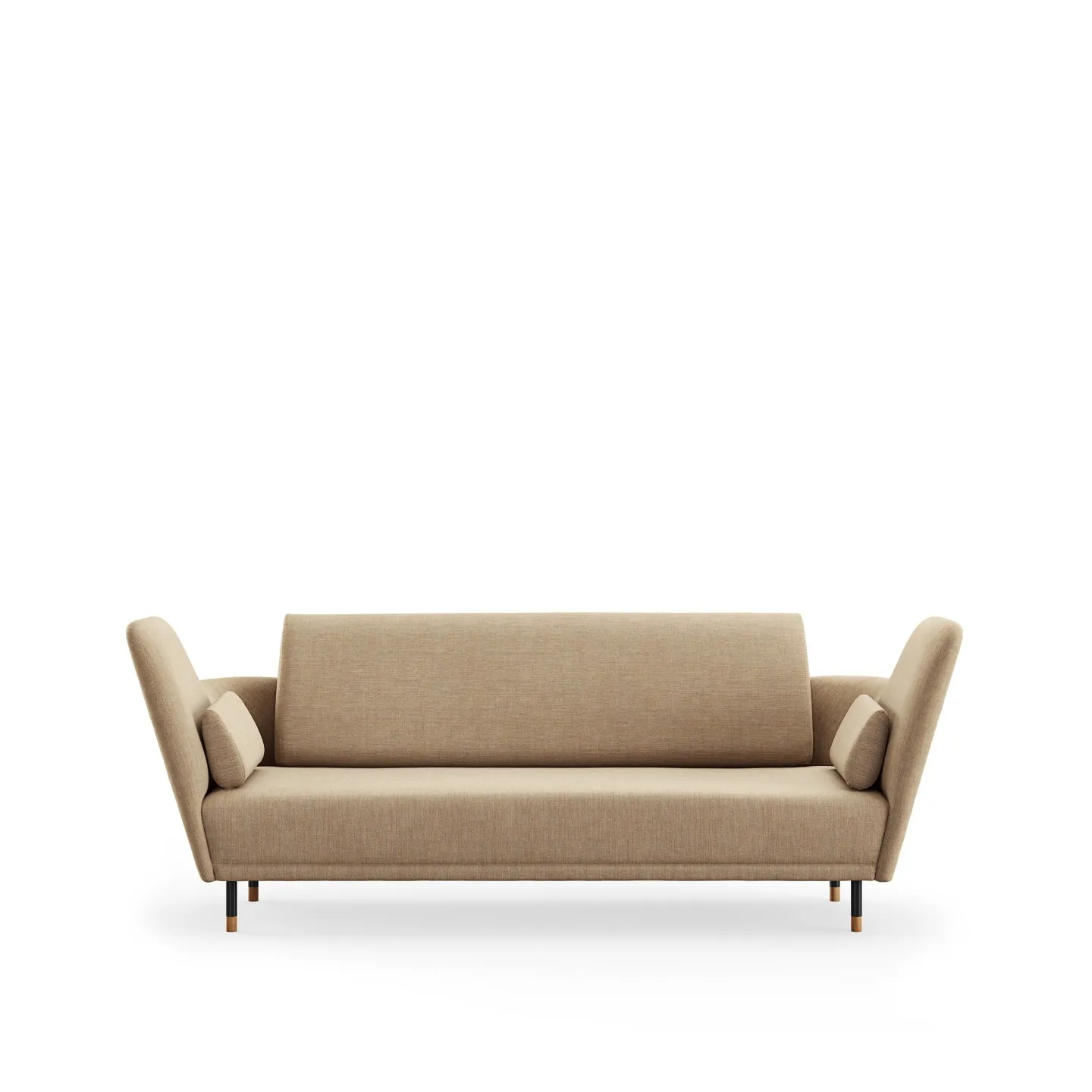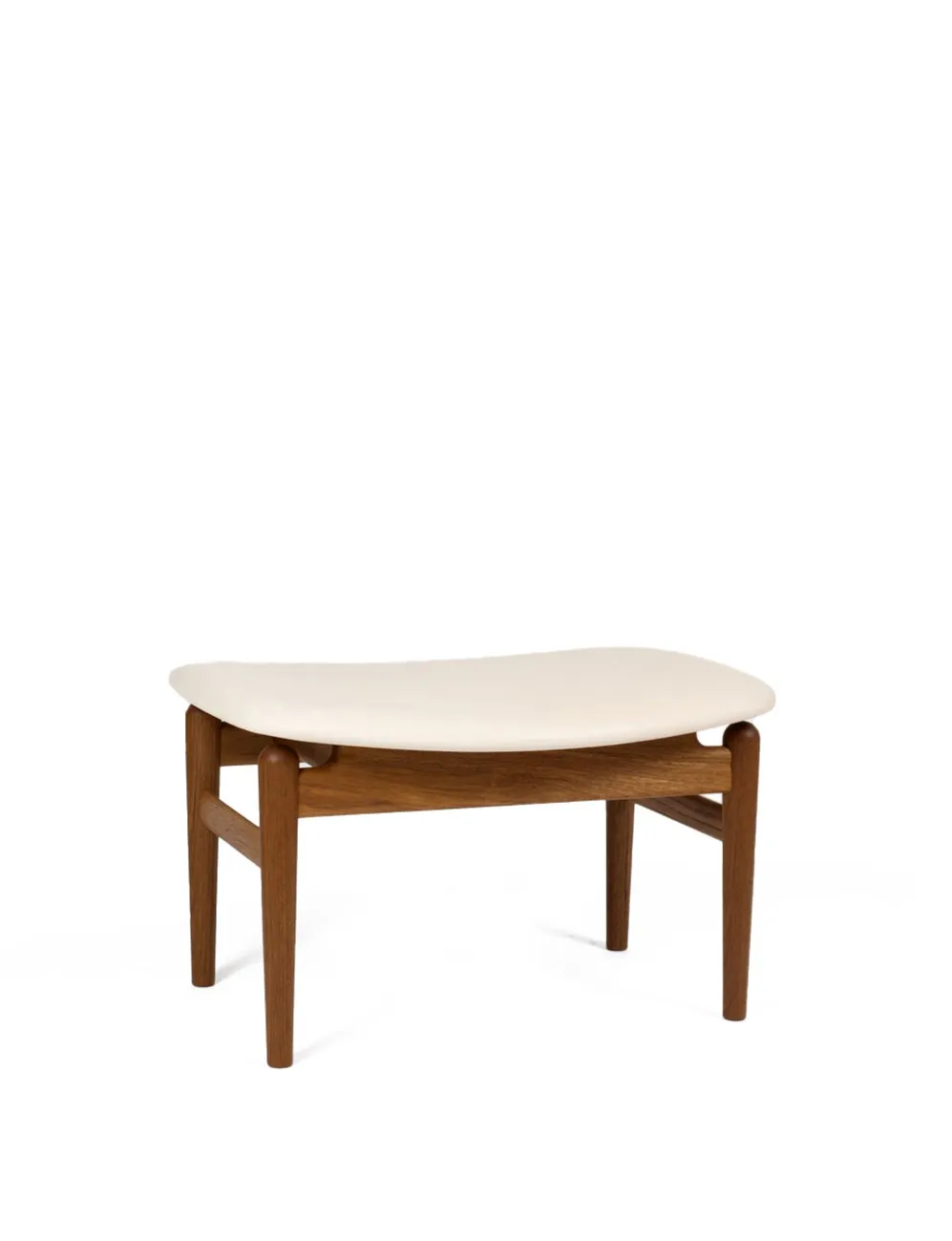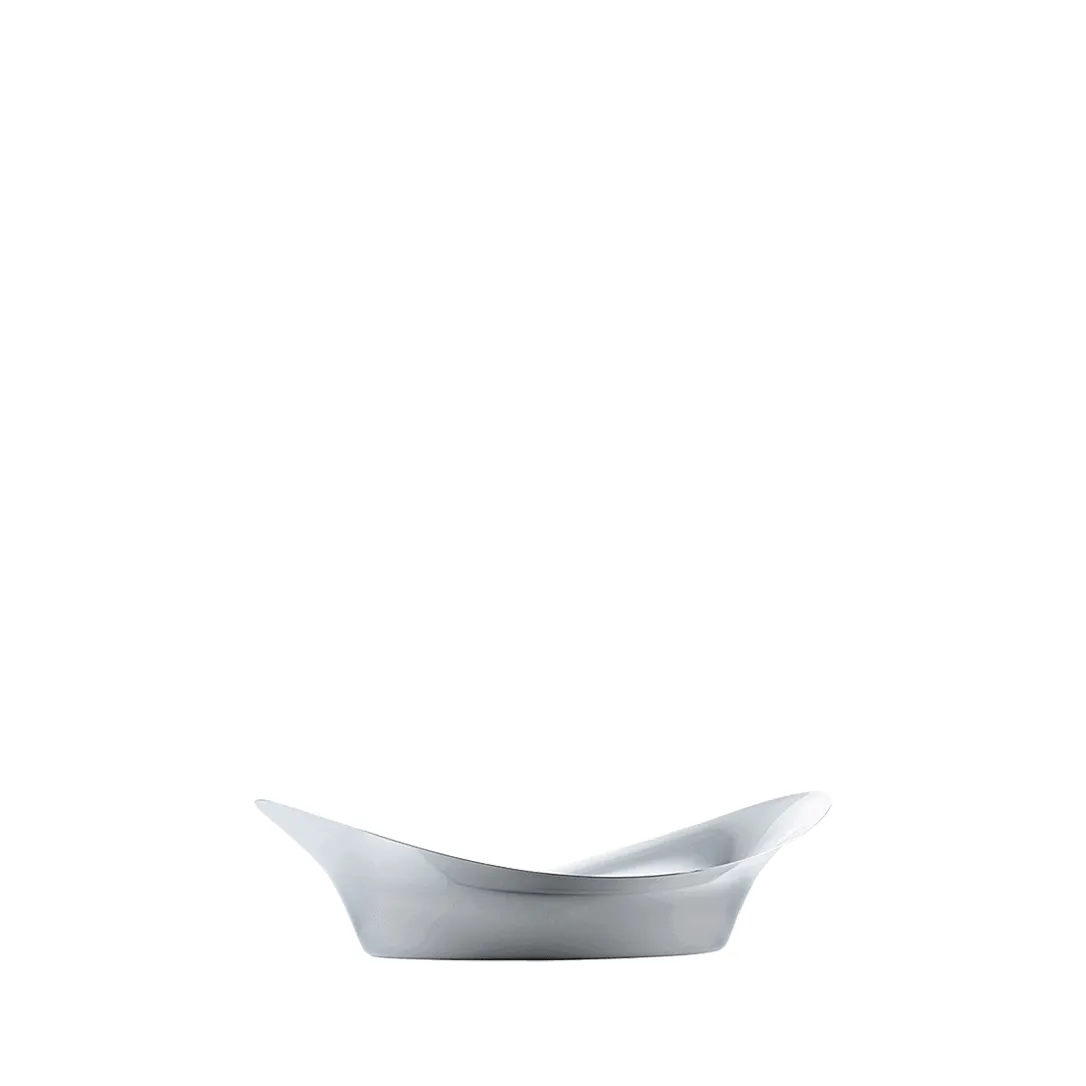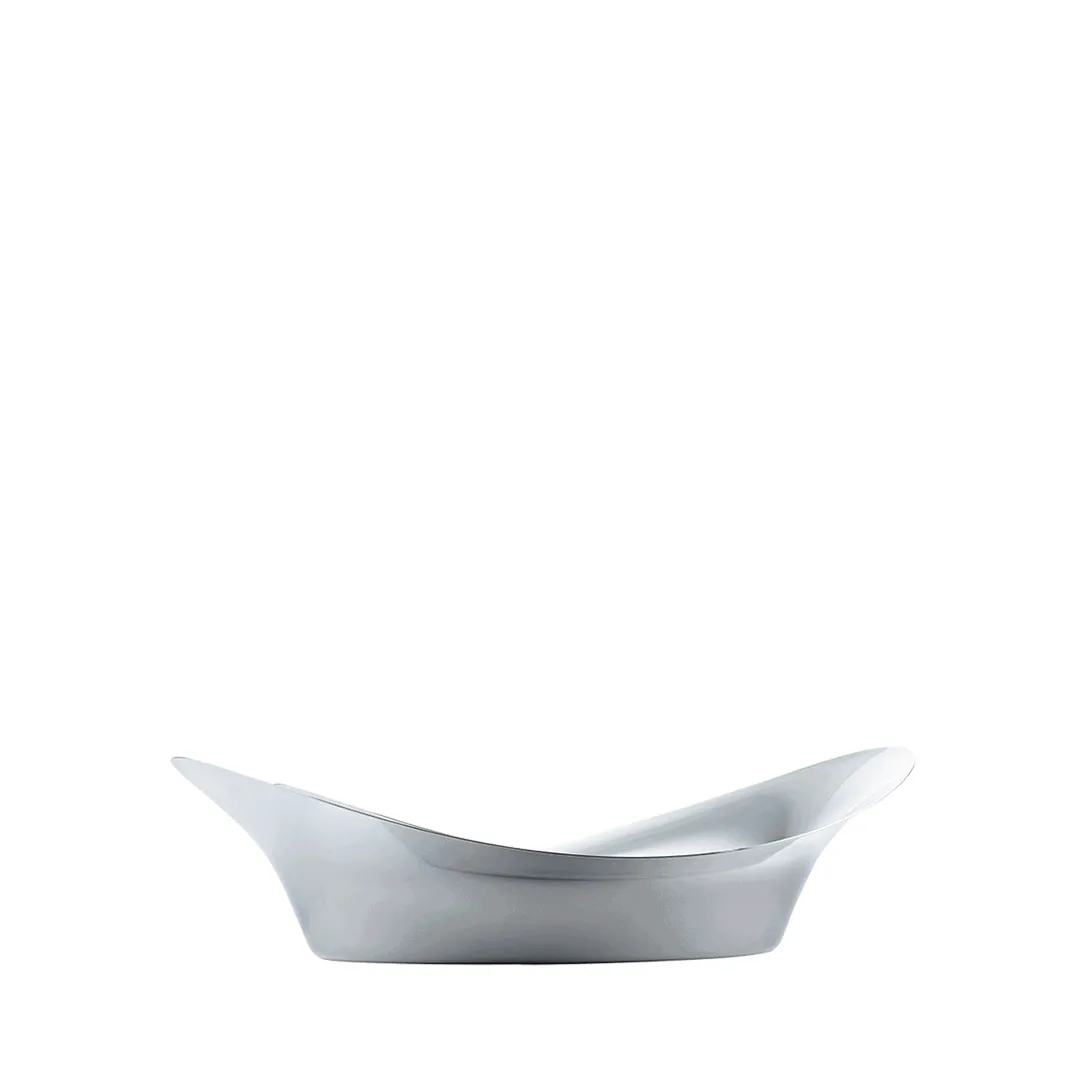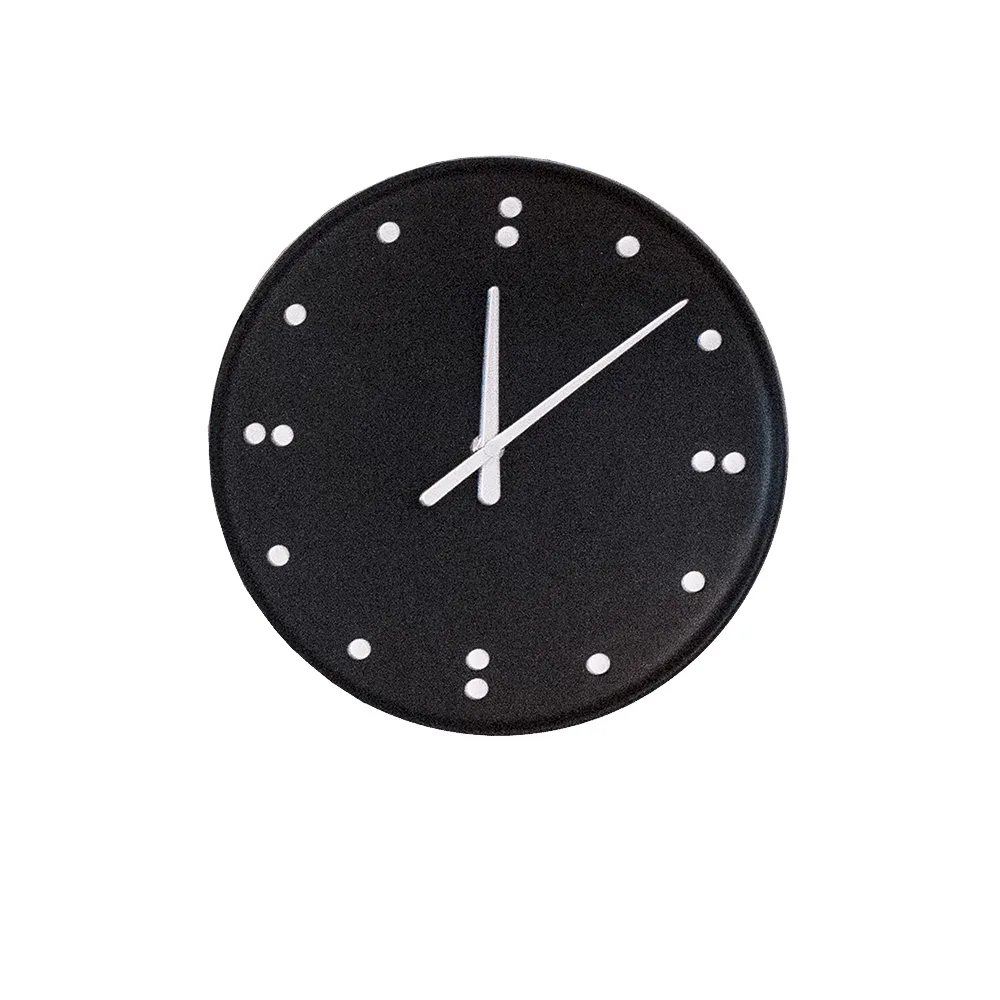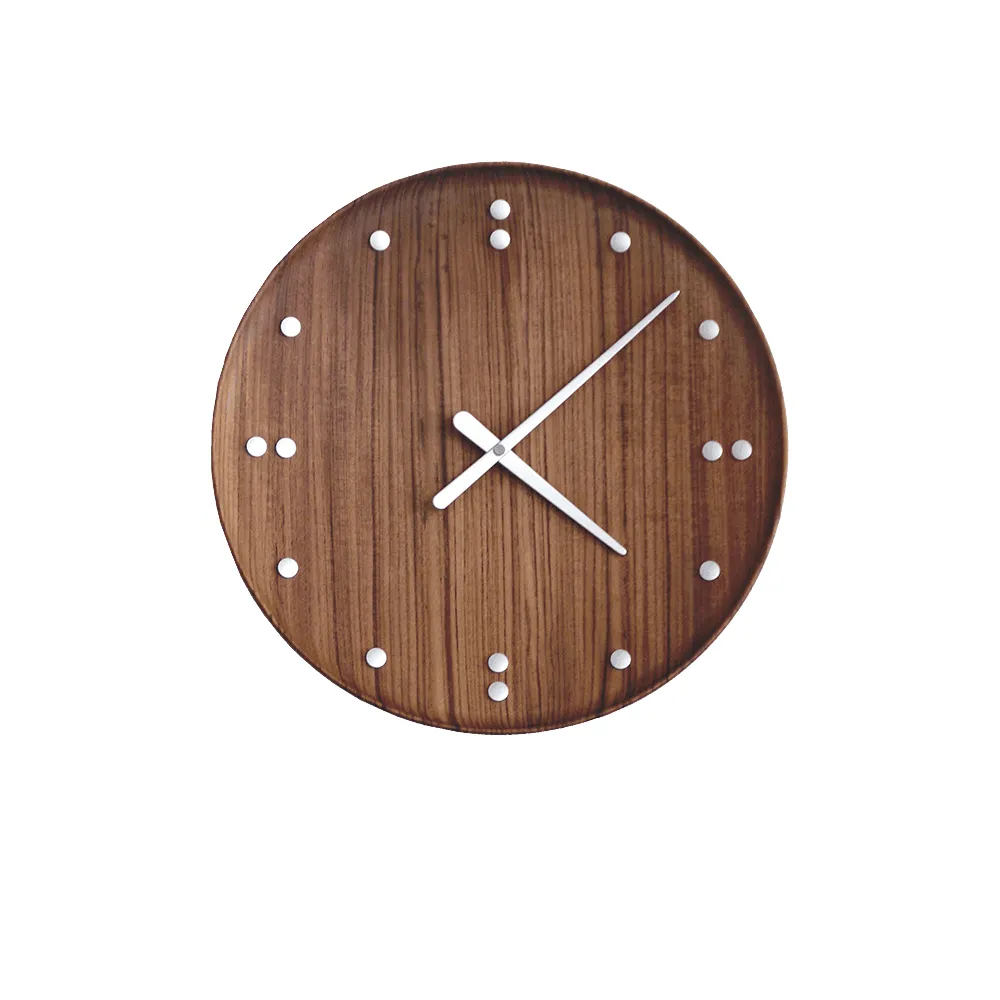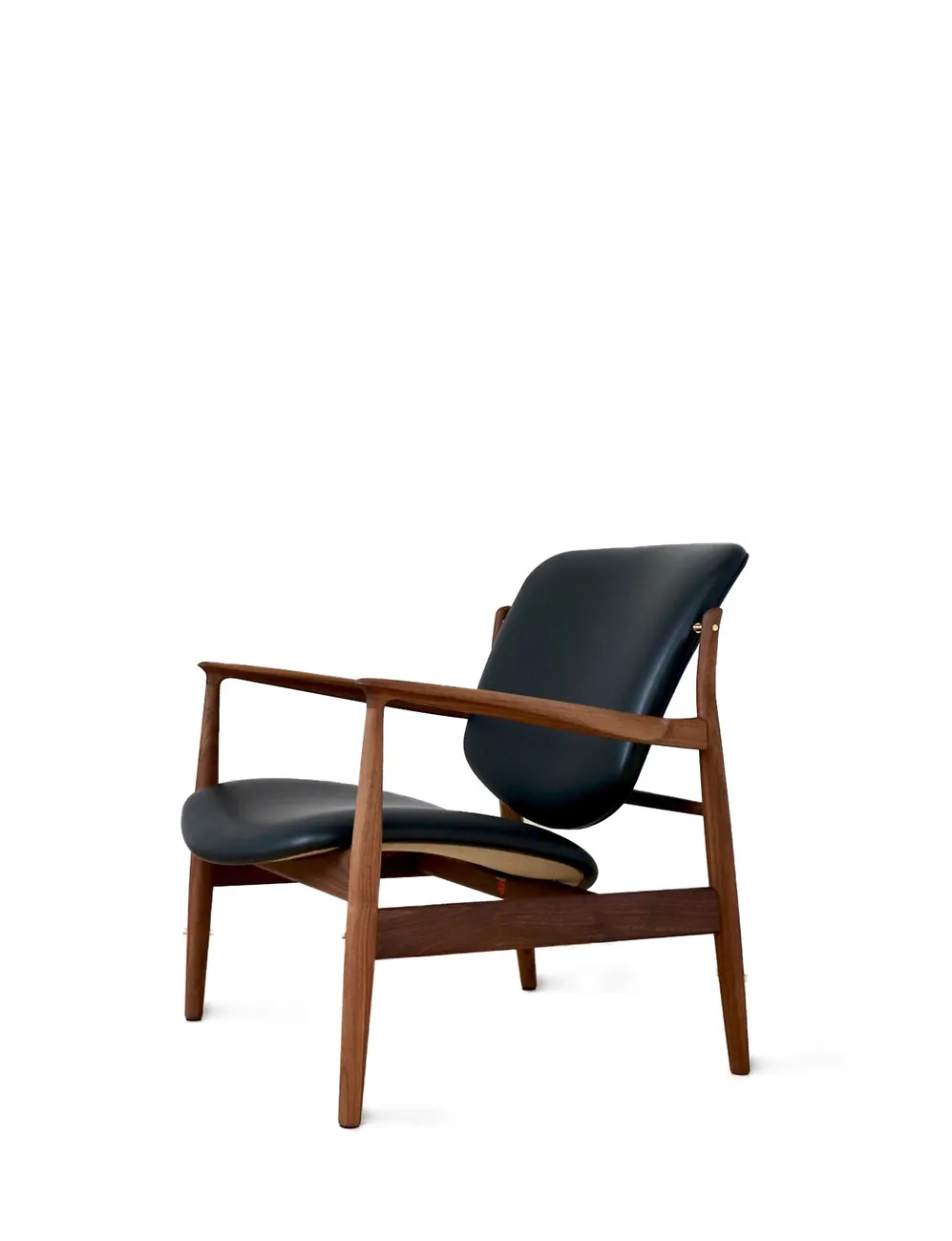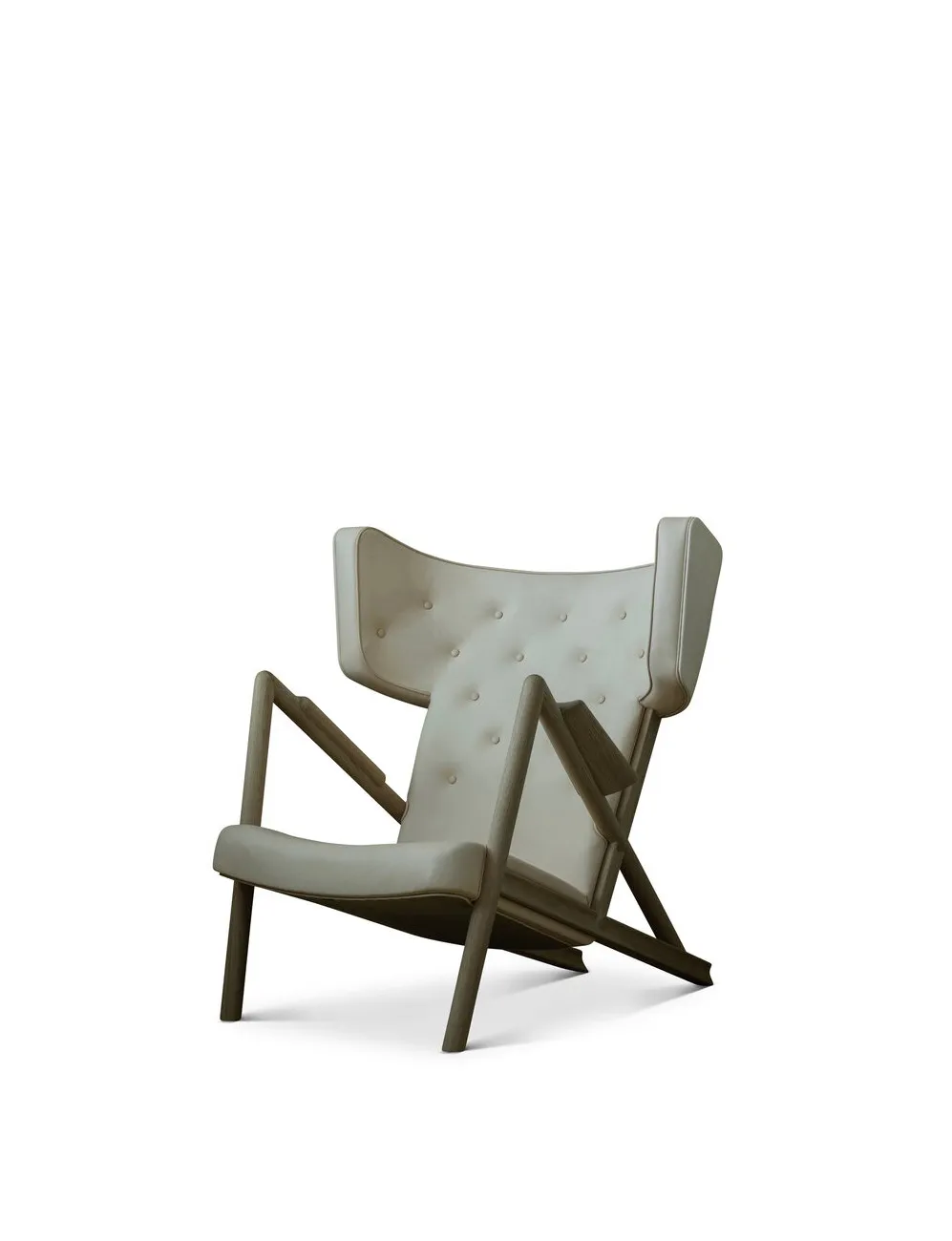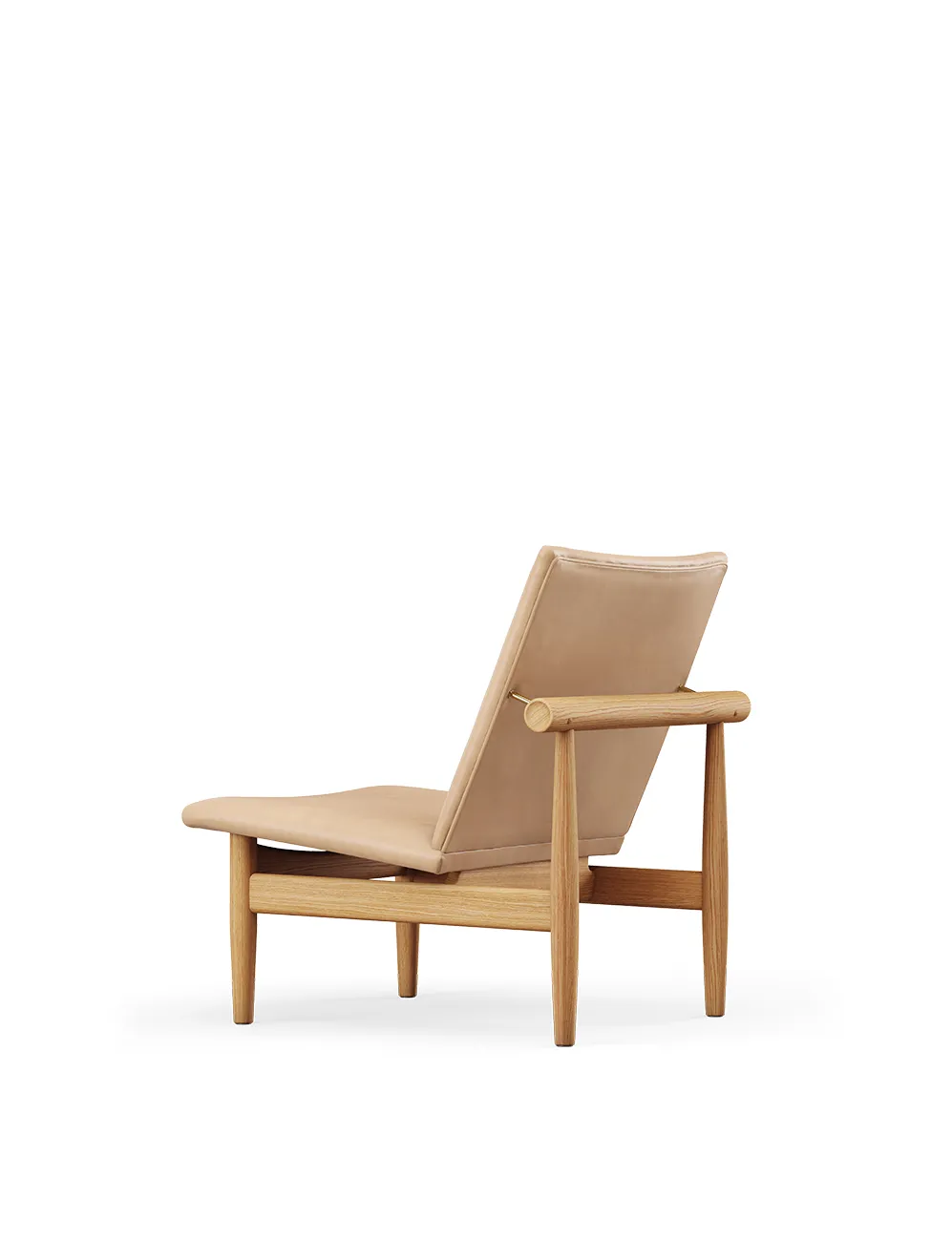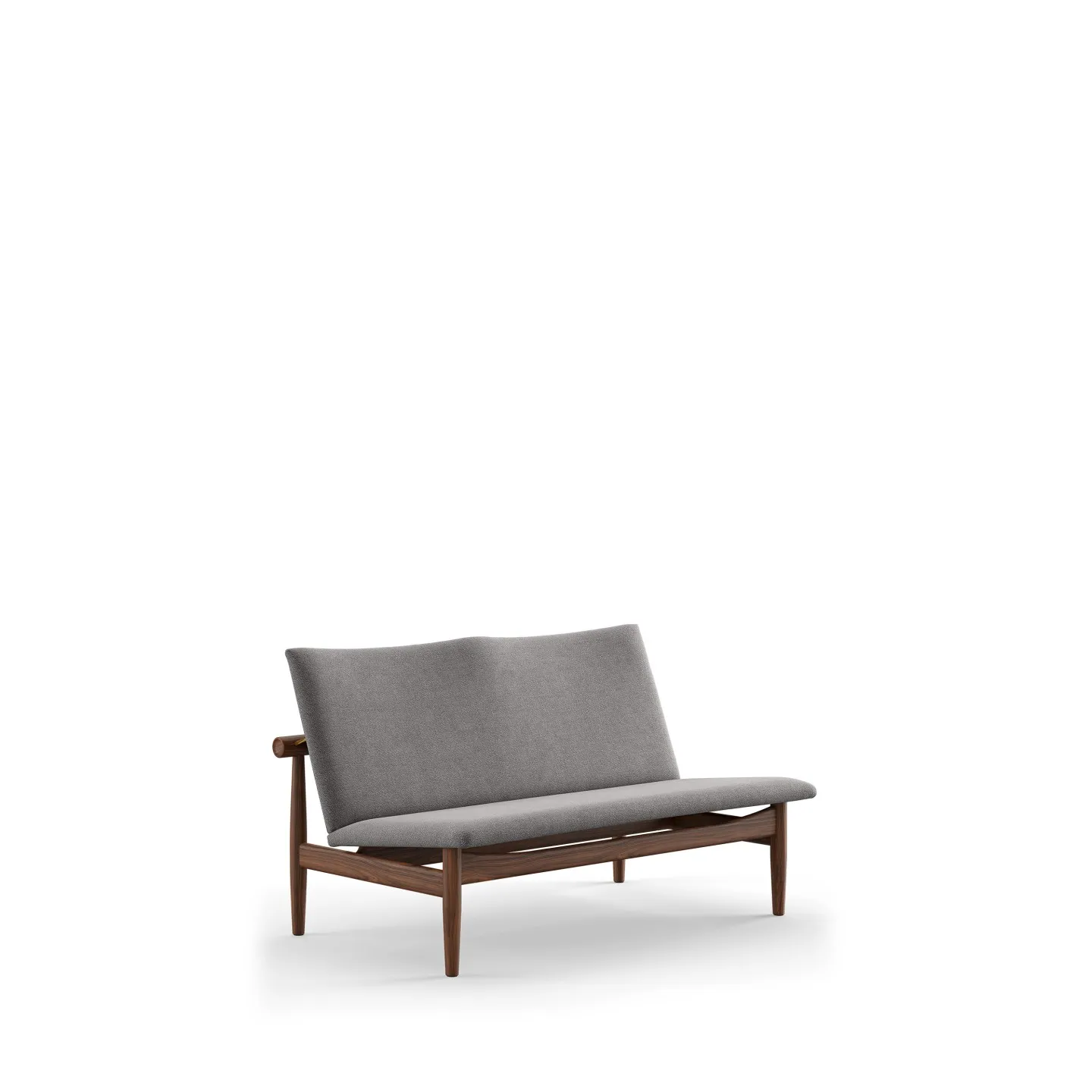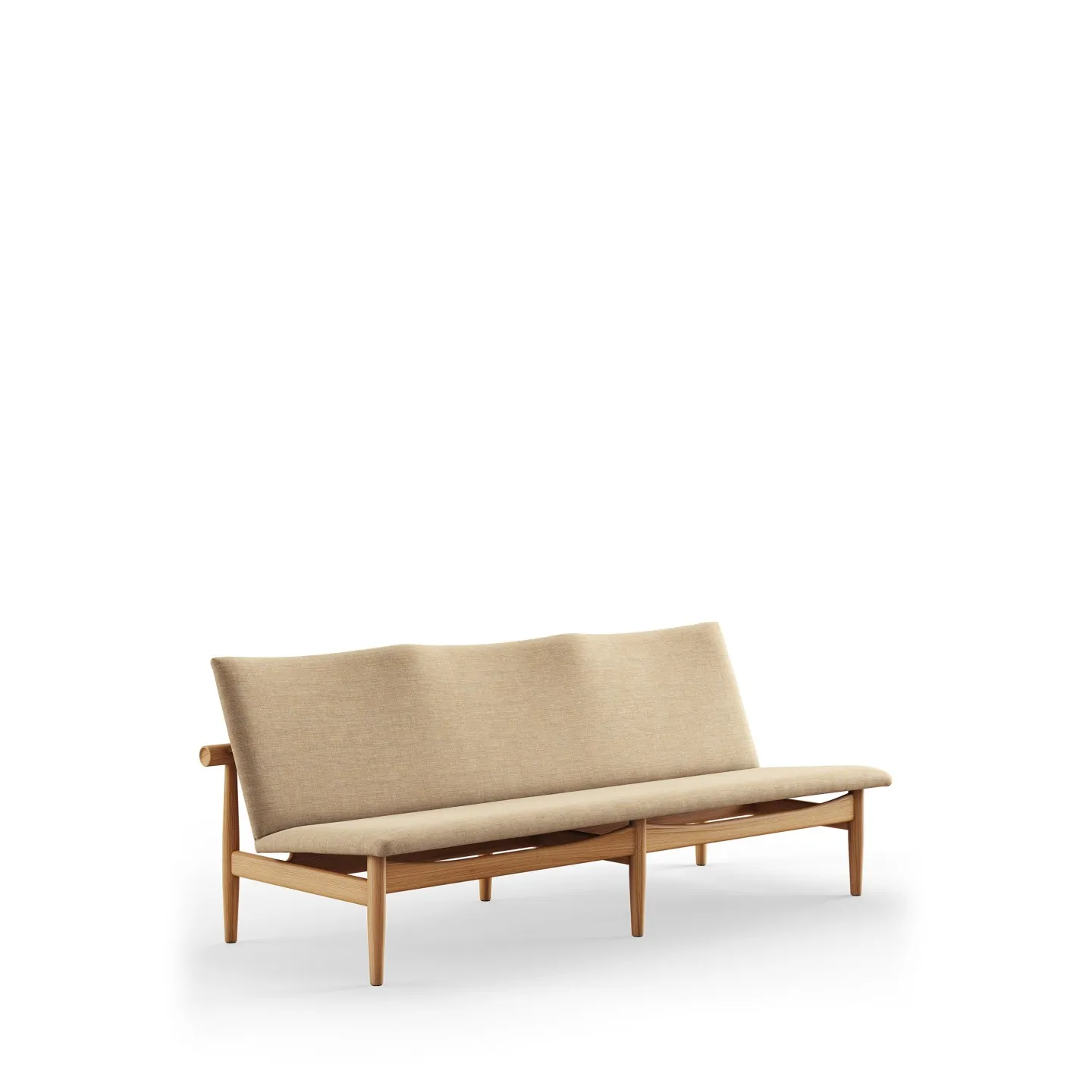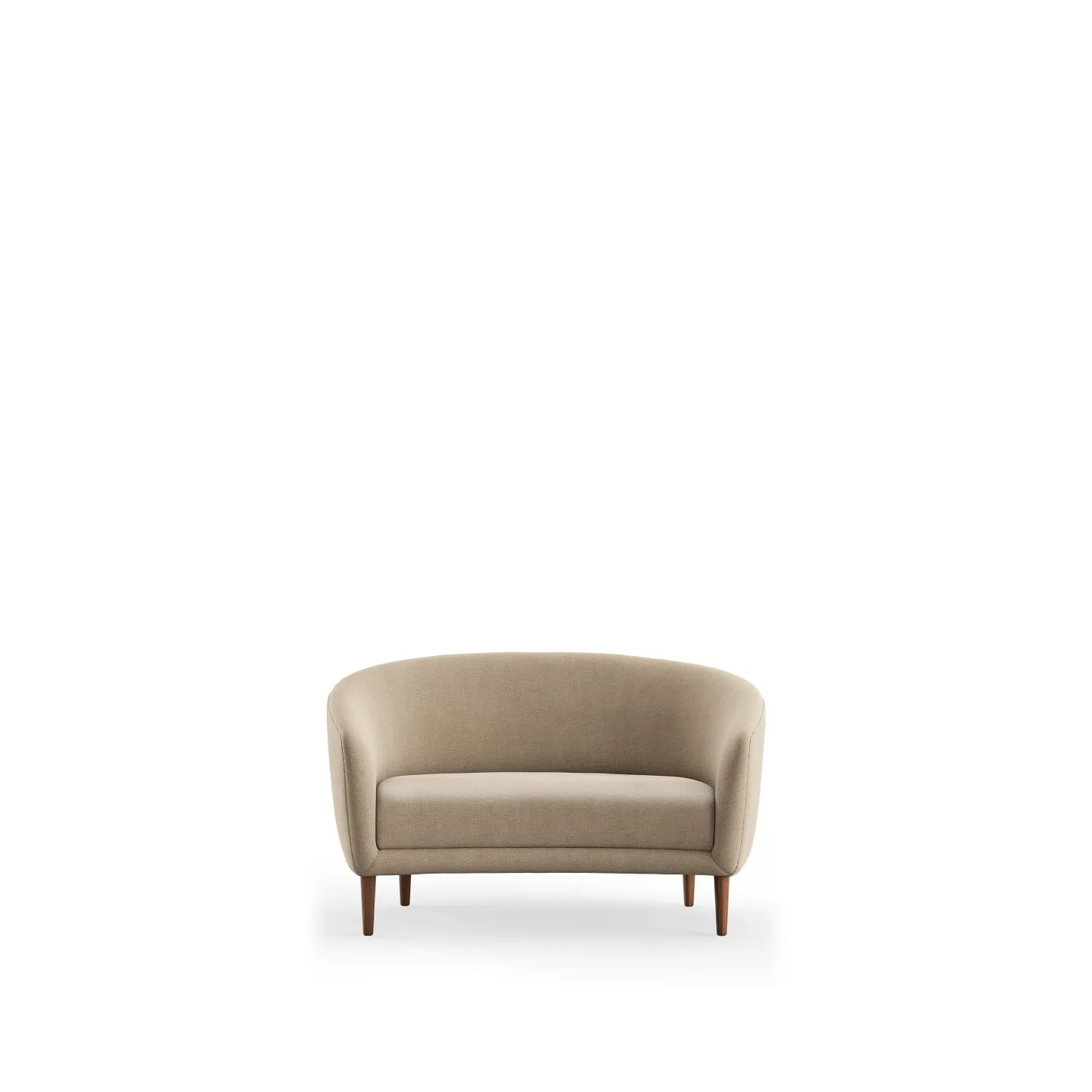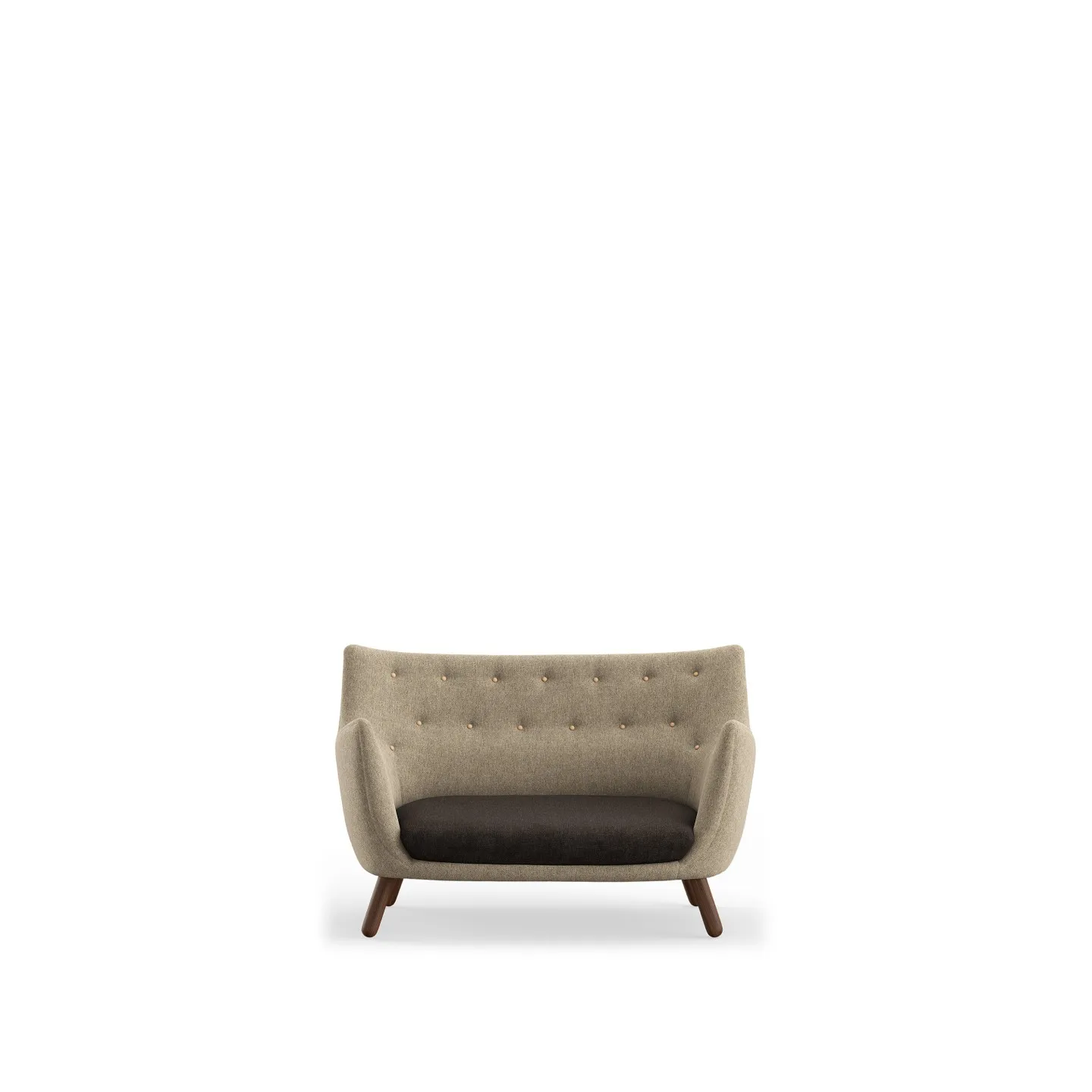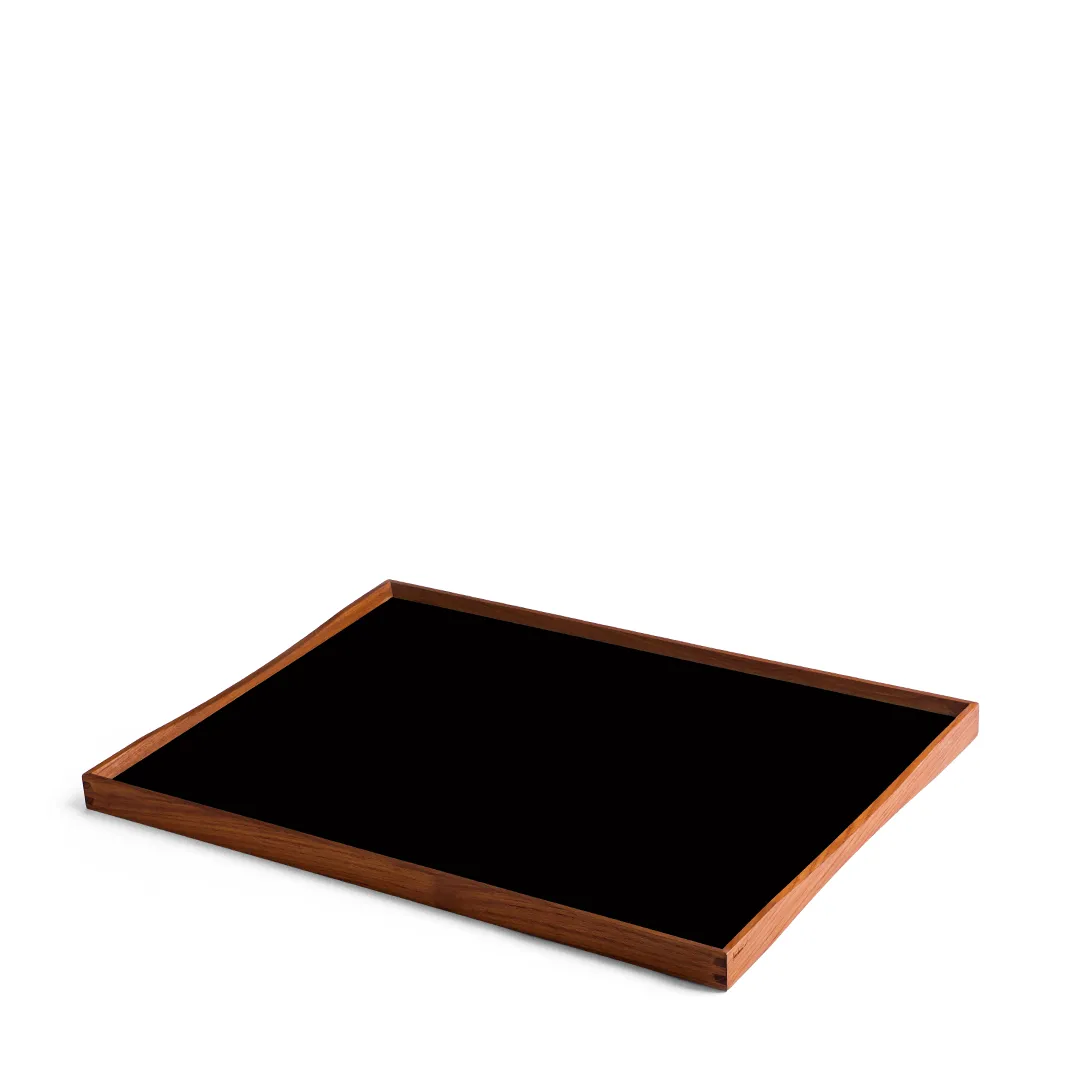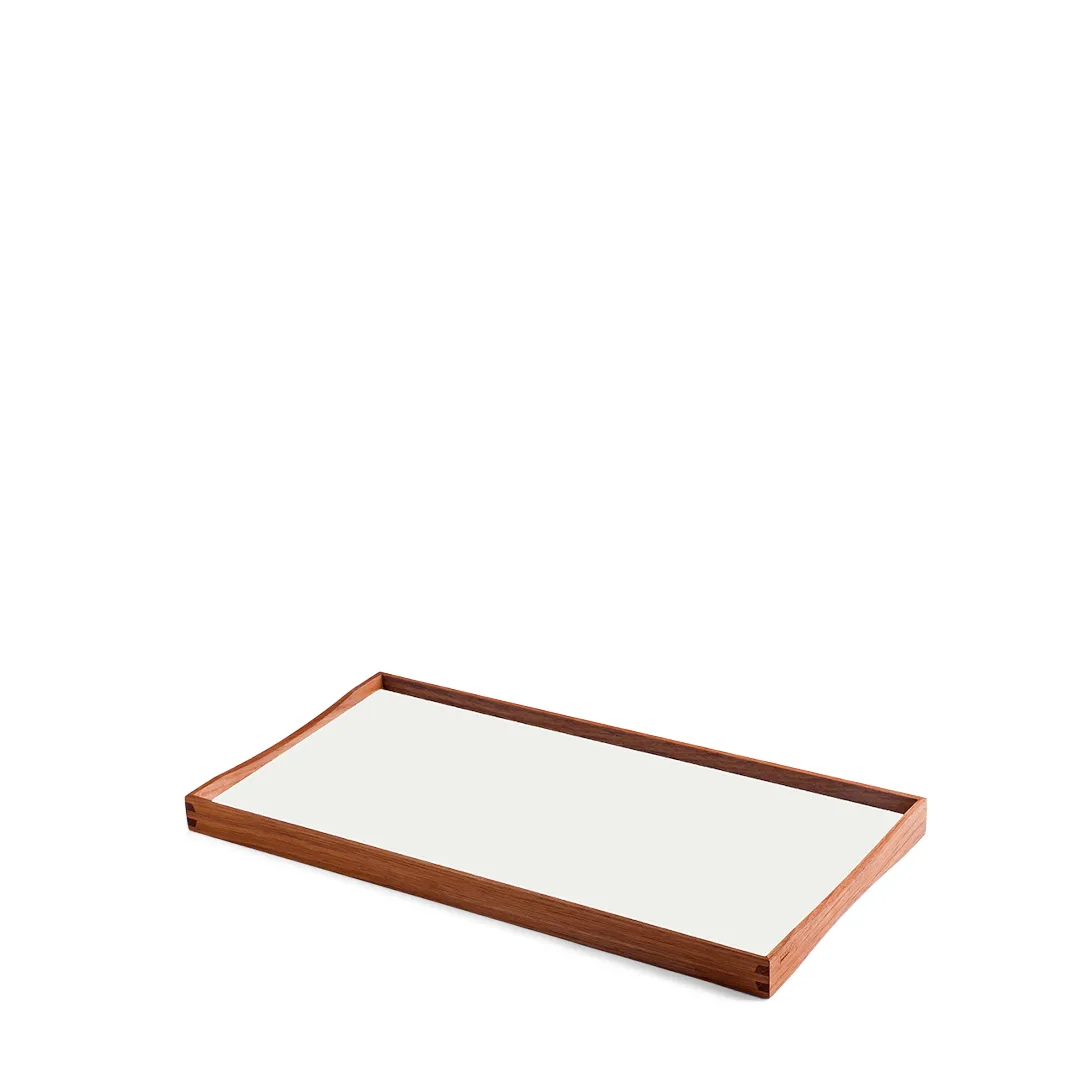House of Finn Juhl
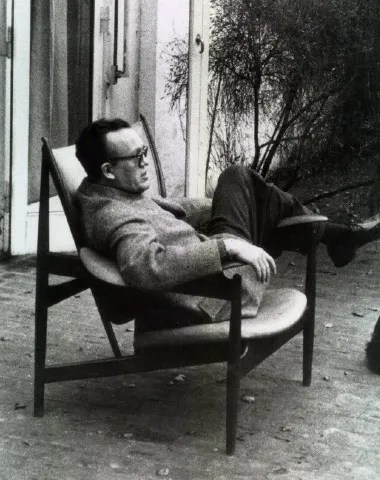
During his first years at the Cabinetmakers’ Guild Exhibition Finn Juhl primarily worked with fully upholstered furniture. If you know about Finn Juhl’s sculptural wooden furniture, it may seem odd that he actually started out working with fully upholstered furniture. Finn Juhl later said that this was due to the fact that he did not know much about furniture construction nor joinery. The upholstered furniture allowed Finn Juhl to focus entirely on the sculptural, organic shapes of his furniture, which became a trademark of his. He referred to himself as self-taught within the field of furniture design, as his formal education was within the field of architecture. With fully upholstered furniture he would ‘only’ have to focus on the exterior shape and let master joiner Niels Vodder work on the wooden skeleton.
In contrast to many of his peers, Finn Juhl felt that modern furniture had to refer to the contemporary art of the time. The Pelican Chair is thus a perfect example of how Finn Juhl integrated the ideals of functionalism with free art.
A few years after Finn Juhl’s debut at the Cabinetmaker’s Guild Exhibition he became increasingly interested in applying wood as the dominant shaping material, rather than ‘hiding’ it under a cover of upholstery. When he designed the 45 Chair it had become his objective to create a chair that was almost self-explanatory in its construction and he became one of the first to clearly disconnect the upholstered areas from the wooden frame. The result was an elegant and tantalizing expression that came to characterize Finn Juhl.

